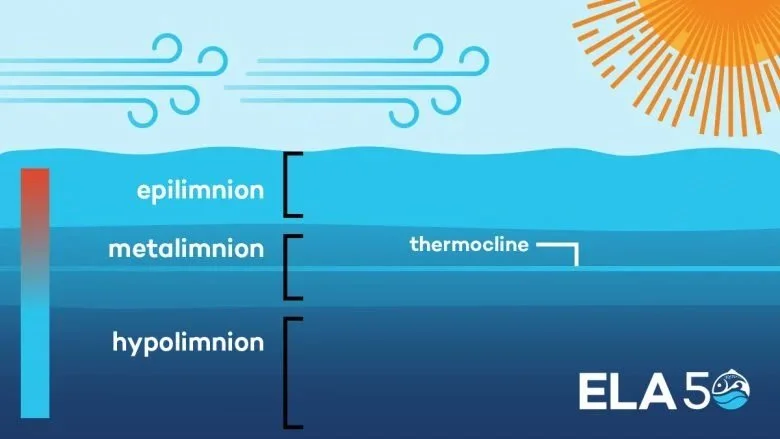Lake Turnover and How it Affects Trout Fishing
I feel like I’m finally able to lean on my knowledge as a certified Environmental Technician. But don’t ask for much more than this.
I remember this course like it was yesterday and how interested I was because it directly related to something I was curious about. I’ve been out fishing pretty hard the past couple weeks with moderate success both personally and while guiding. Early Spring can be difficult fishing which can relate to turnover and what comes with that process.
What is Turnover?
Through the winter months and immediately after ice off, the upper section of the lake, the epilimnion, is much cooler than the bottom, the hypolimnion, it also contains the majority of lakes oxygen. Throughout the winter, the vegetation at the bottom of the lake has been decomposing and exhausting heat which warms the hypolimnion. Typically 3-10 days after ice off, the epilimnion (upper column) will reach the same temperature as the hypolimnion (bottom column). Then and only then, with the help of a good wind, will the lake mix and effectively “turnover”.
https://www.iisd.org/ela/blog/commentary/lakes-stratify-turn-explain-science-behind-phenomena/
This is a critical phase of the lake to set itself up for a healthy summer in order to regenerate vegetation, bug life and redistribute oxygen throughout the lake.
During this cycle, the lake may become muddy or off colour for a period of time. Trout are creatures of habit and opportunity. This yearly phenomenon will throw them off for a period of time as they get acclimatized to the redistribution of oxygen and nutrients.
Can you catch fish during turnover?
Yes, however, the fishing will generally be slower and you will need to work harder for those bites. Covering water will be key and covering a variety of depths. Fish slower as the oxygen levels may be lower and fish might not want to work as hard for food during this time.




